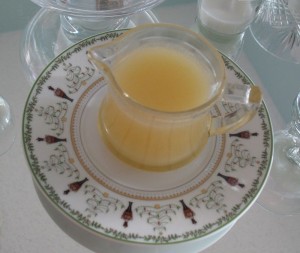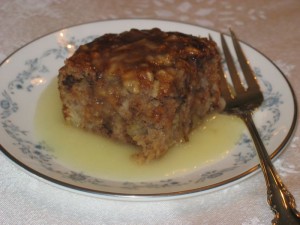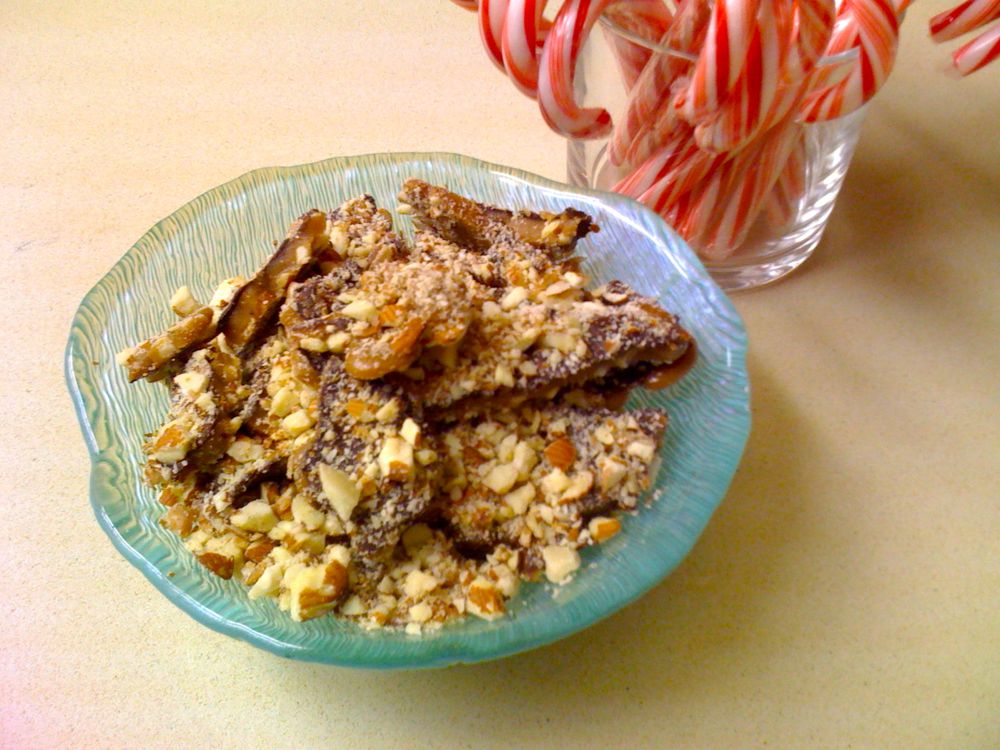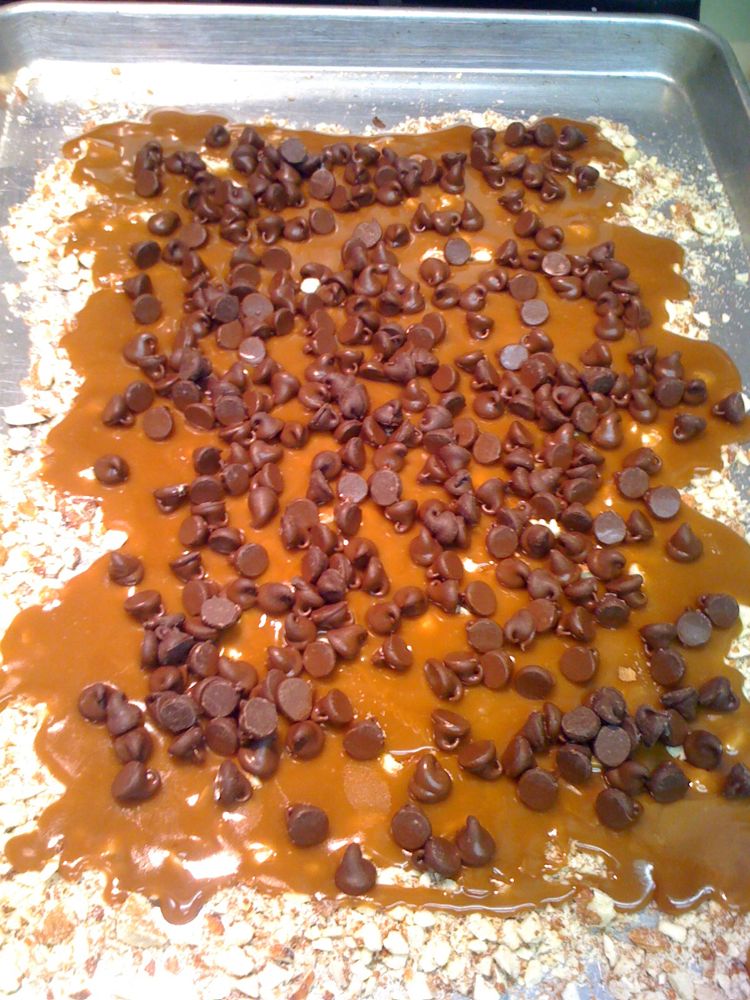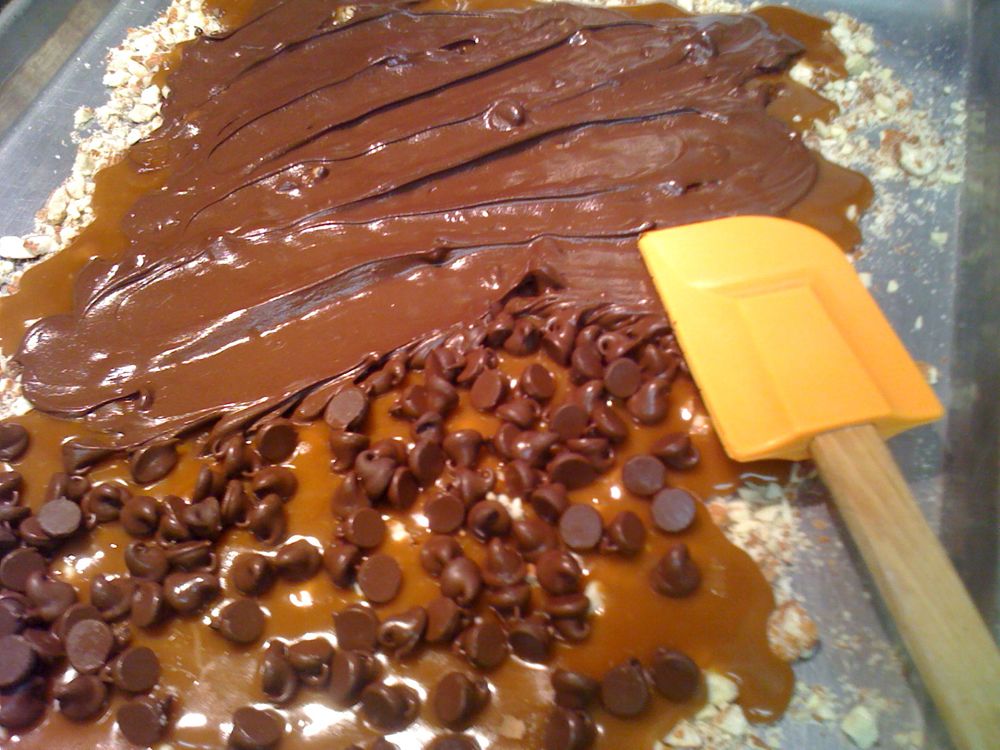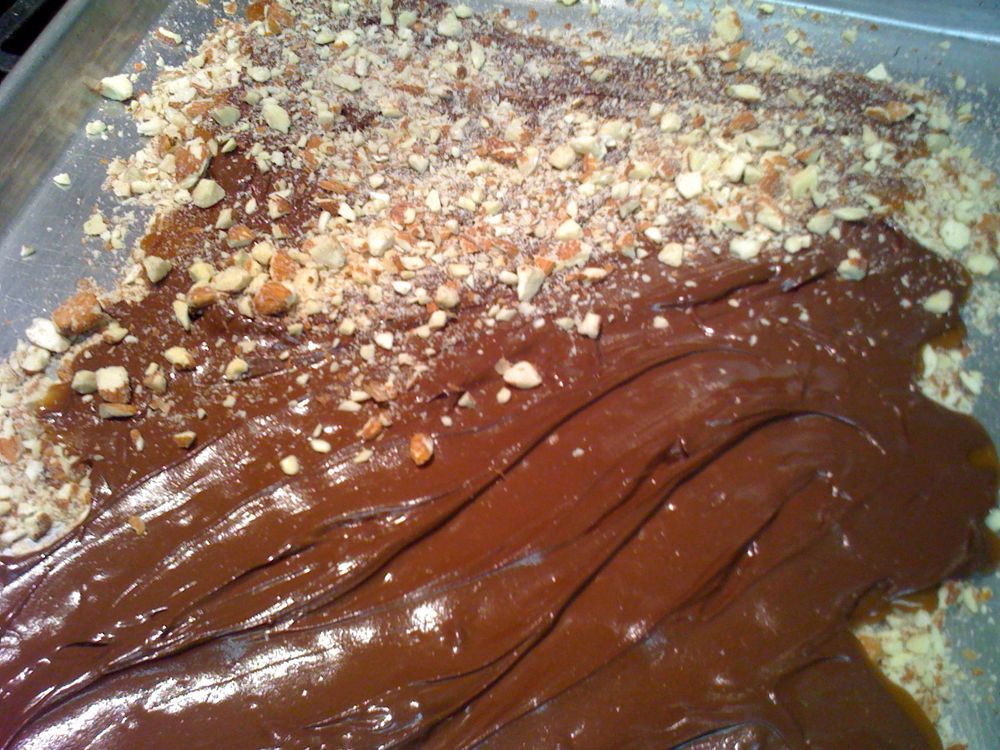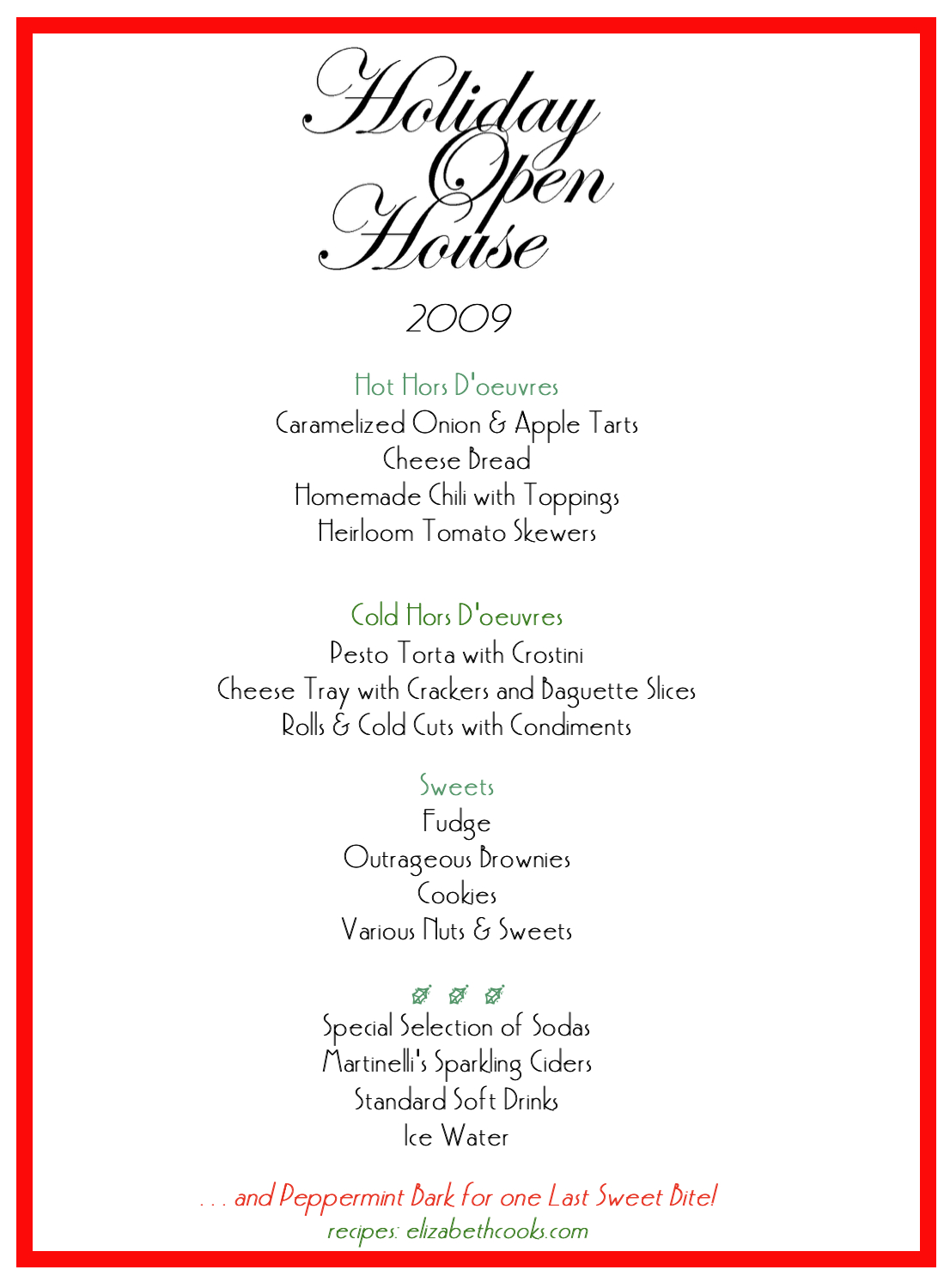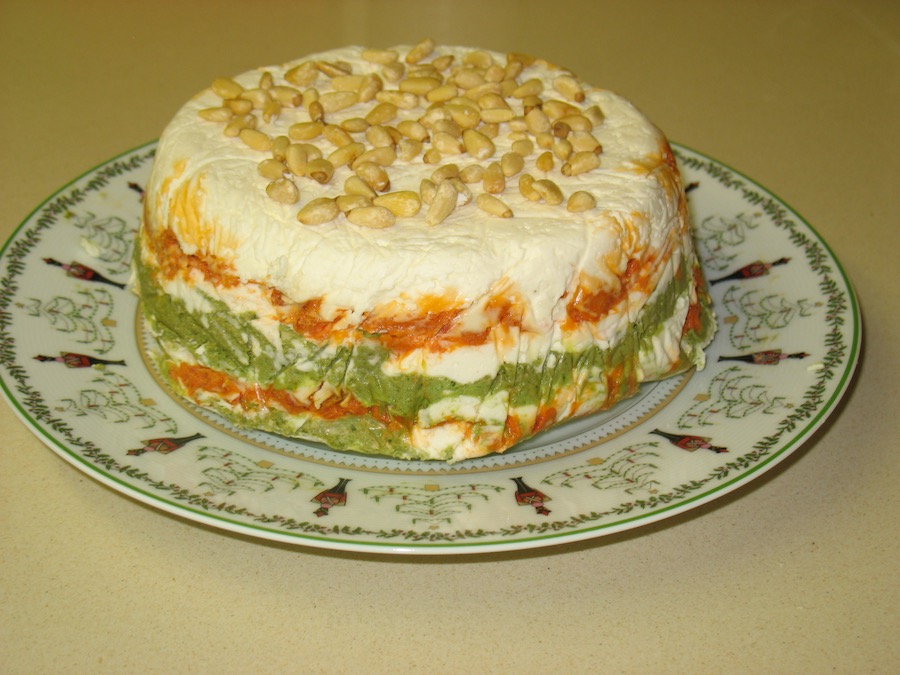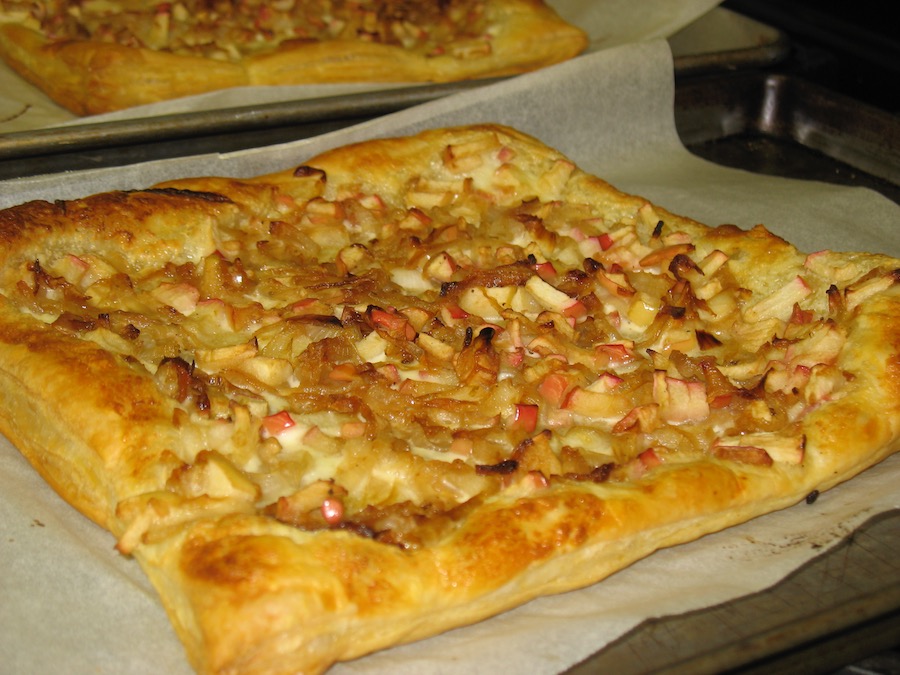(photo to come later on–I know, I know.)
Jake, one of my blonde nephews, married Katie, a lovely dark-haired young woman, and she had a double reception with her sister? Her cousin? I can’t remember, but I do remember that it was in a huge house, with a balcony overlooking the main entry hall, lots of small cozy rooms off of the main living room area and many, many guests. The bride’s mother had enlisted the help of her friends in staging this reception, and besides the usual wedding treats, they passed trays filled with cups of this warm, soggily-delicious pear-cranberry cake. It took me a while, but I finally tracked down the recipe. I think of Jake and Katie every time I make this. Serve with Elizabeth’s Lemon Butter Sauce.
Baked Cranberry Pudding
2 eggs 2 cups sugar 1 and 1/2 cans (about 14 oz size) pears, juice and all2 cups flour 2 tsp baking soda 2 cups fresh cranberries, washed and sorted
2 Tablespoons REAL butter
In a stand mixer, beat together the eggs and sugar until well-blended, about 3 minutes. Add pears, then dry ingredients mixed together. Stir in cranberries. It will be slightly sloshy.
Melt butter in 9 by 13-inch pan. Pour batter into pan.
Bake 350 degrees for 45 minutes. (It will be slightly moist in center.)
Note: If there appears to be more juice than pears in your canned pears, hold back about 1/4 to 1/2 cup of pear juice until you see if it’s the right consistency. Yes, I know. You may have to guess a little the first time, but like any good recipe, this one become familiar the more you make it.
